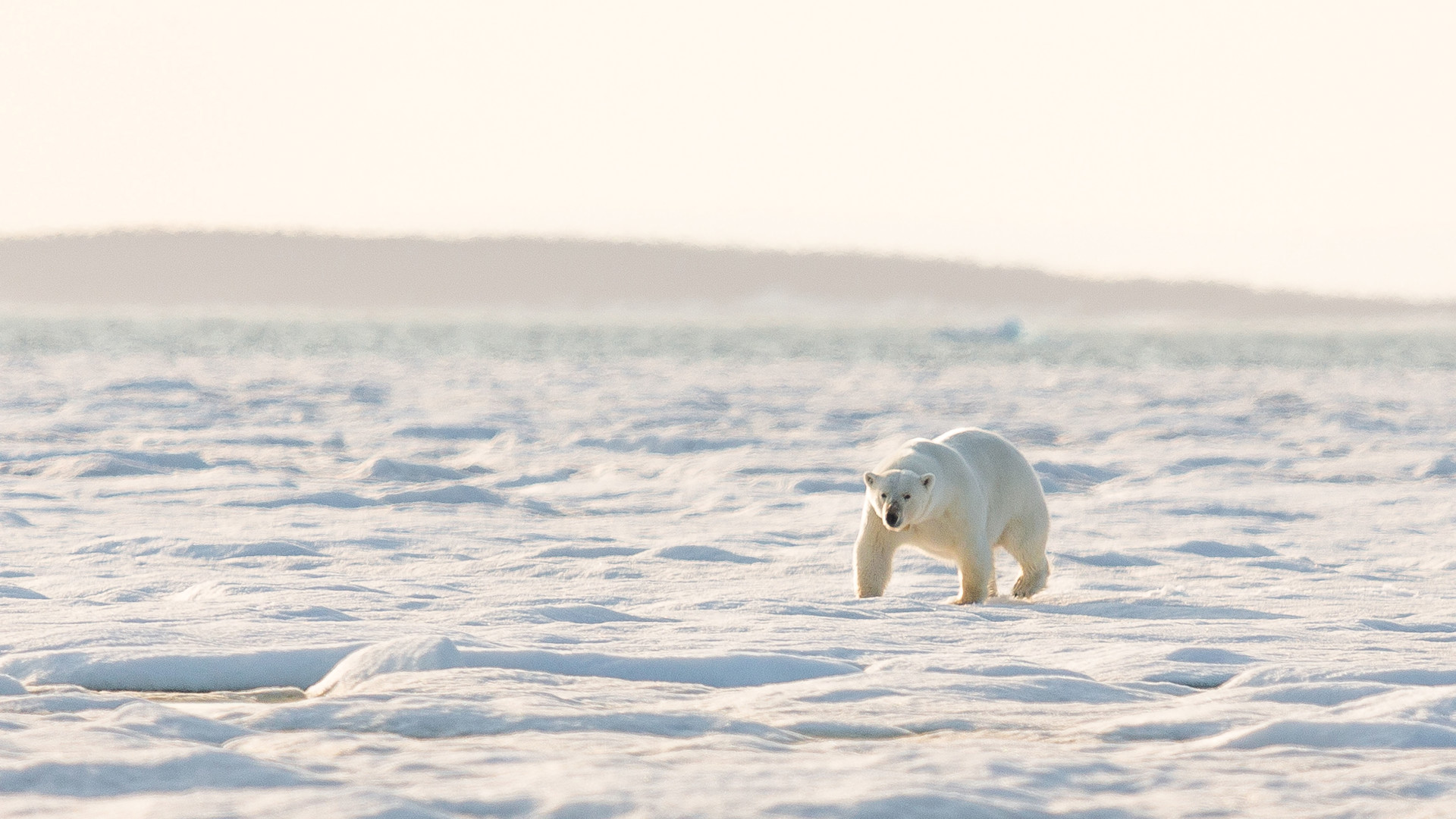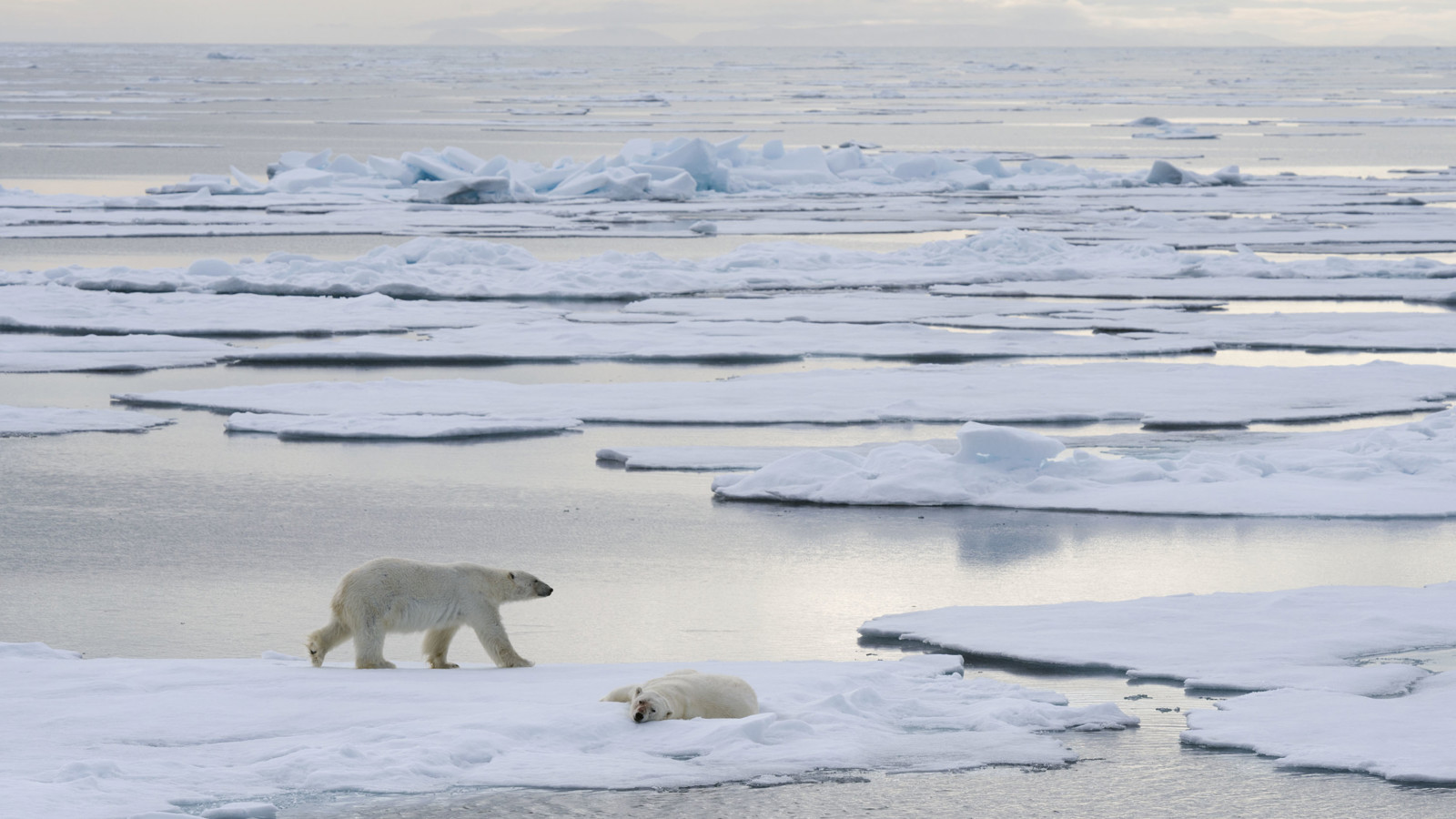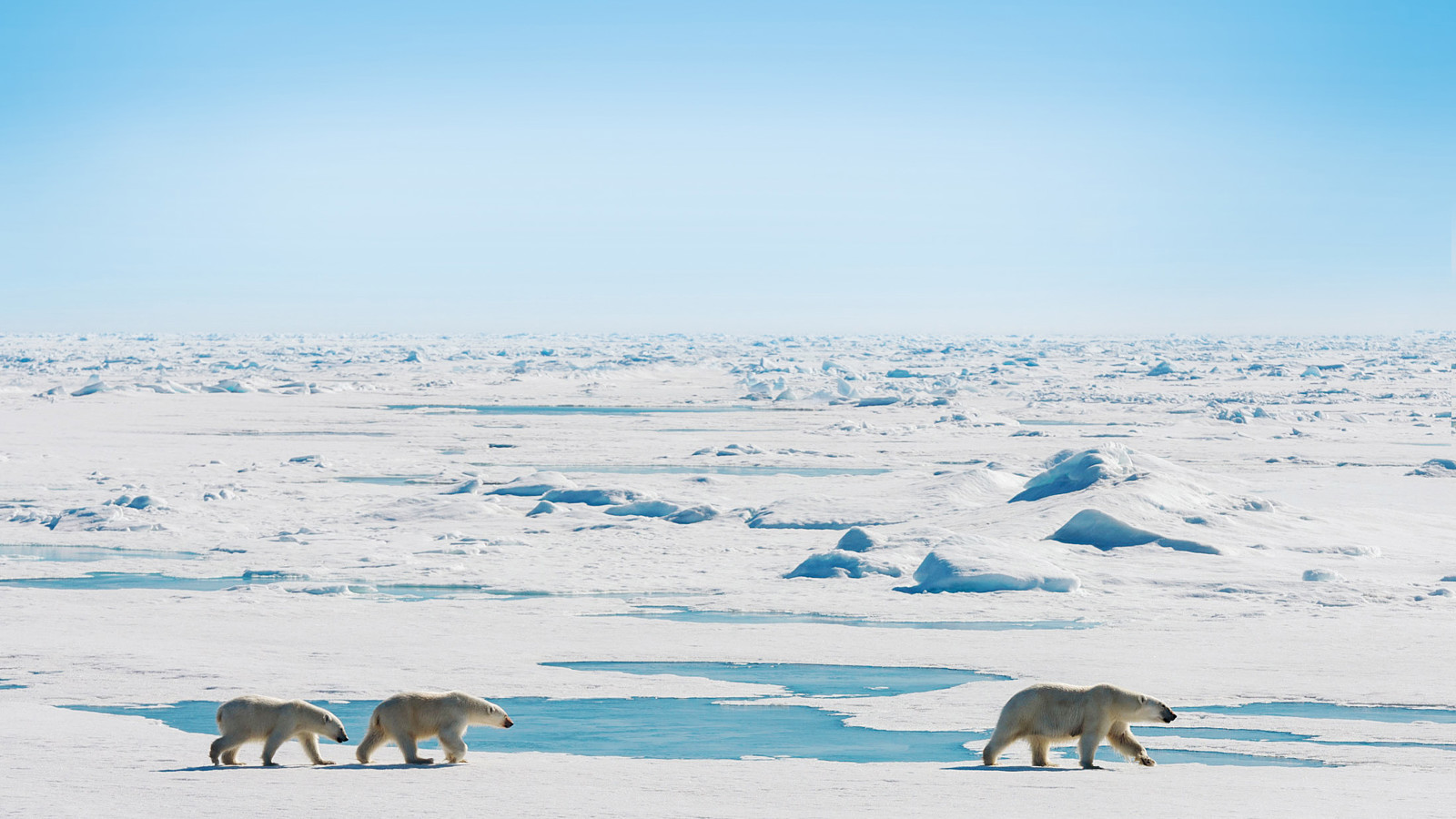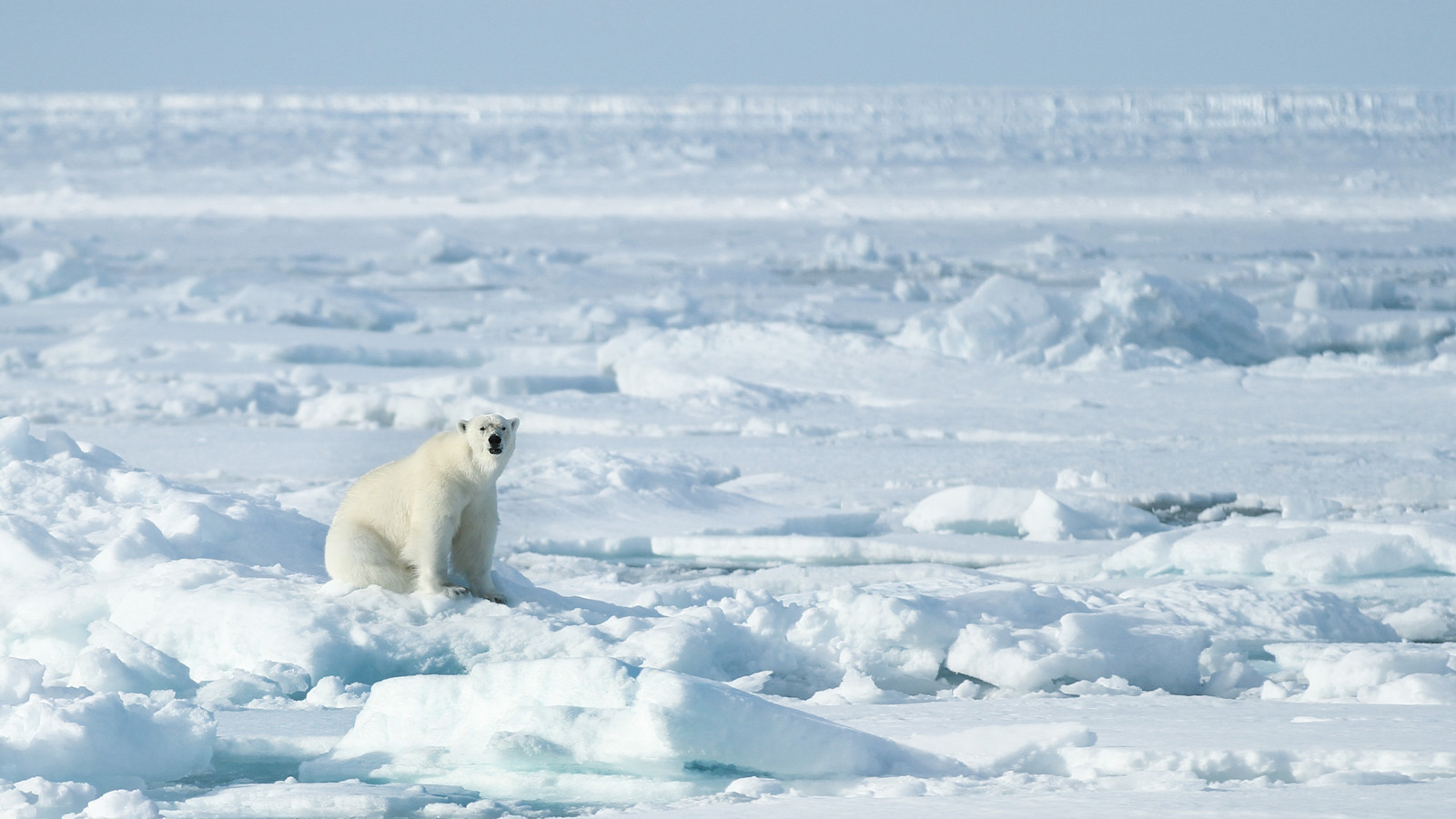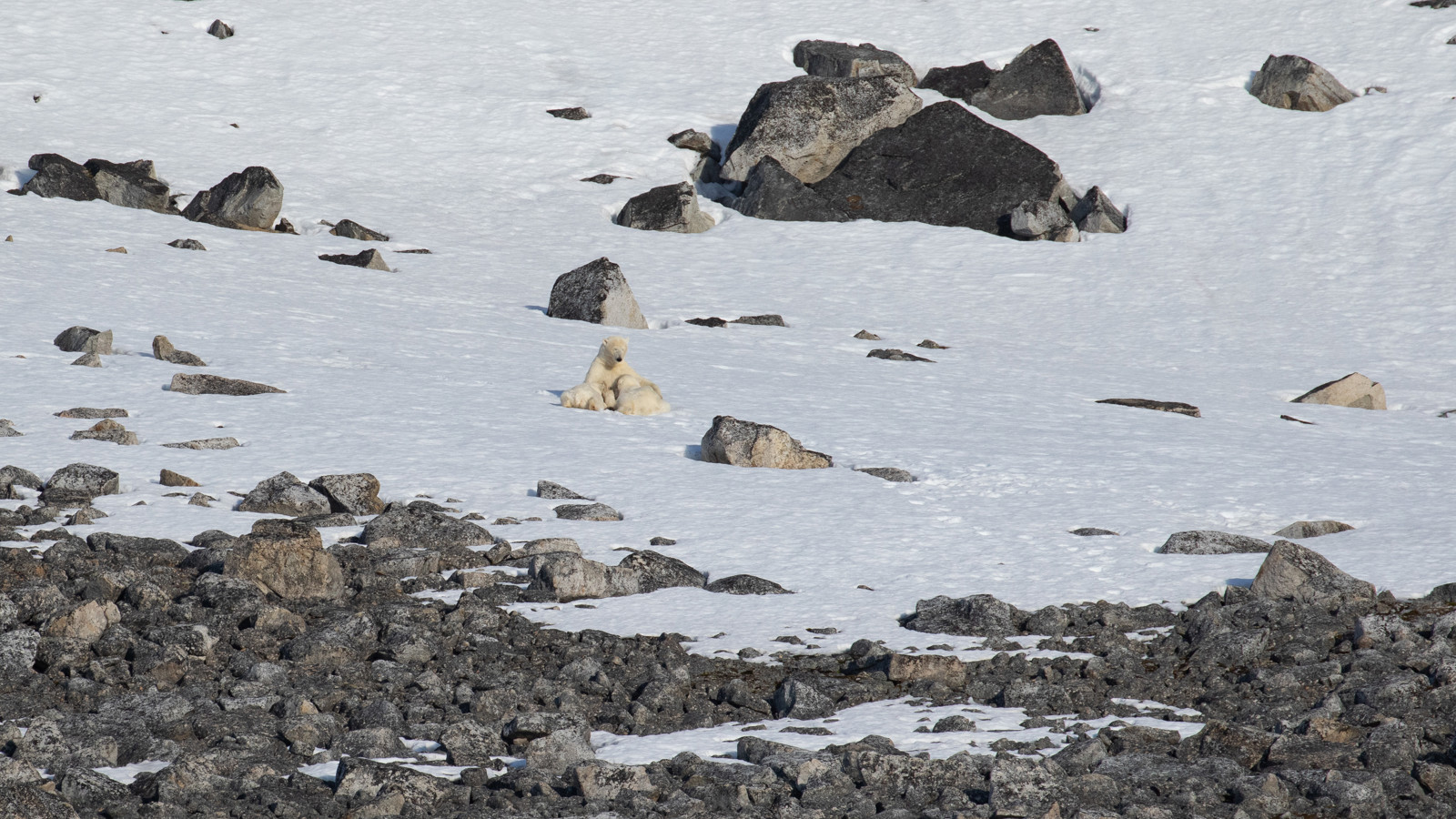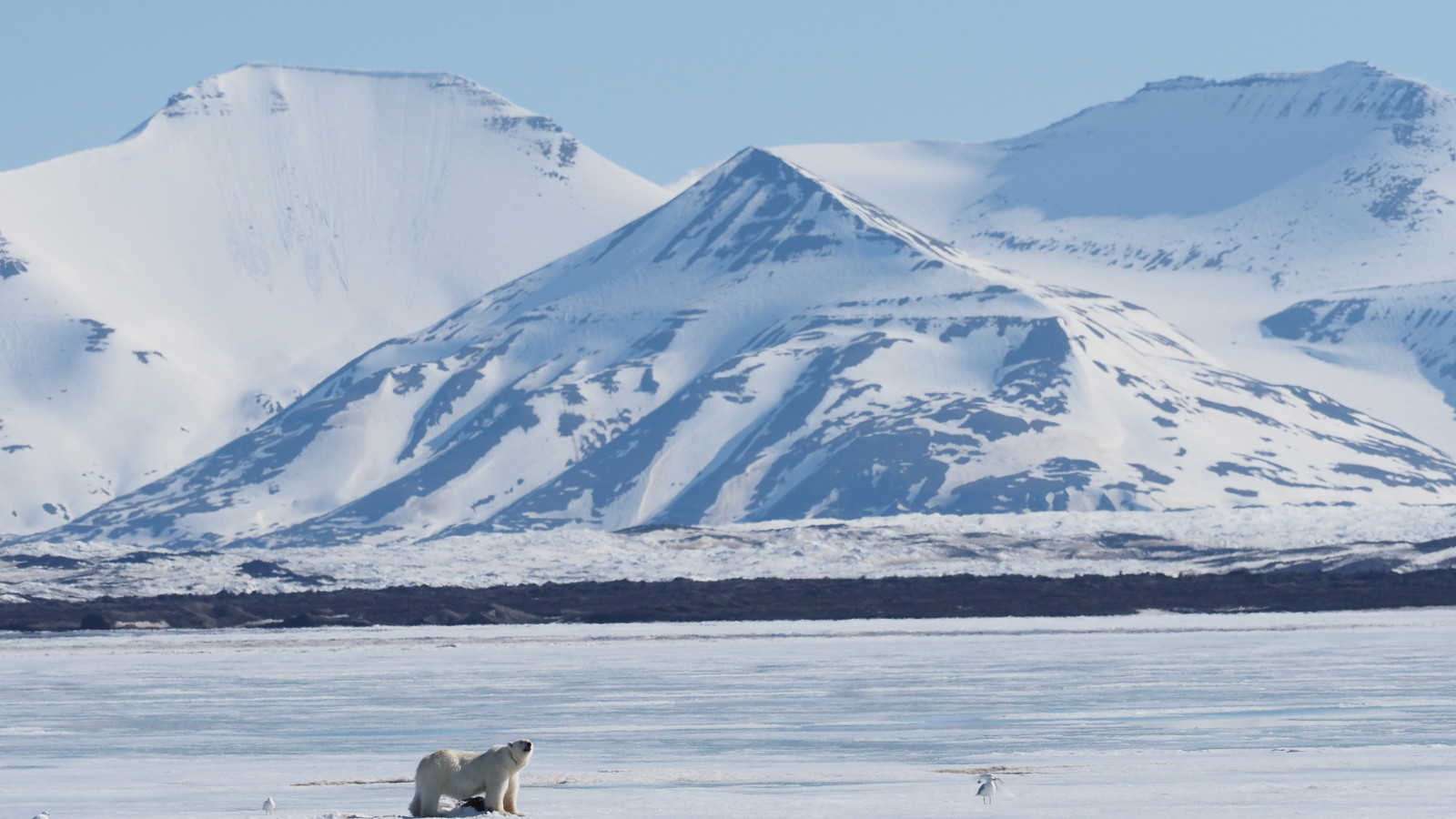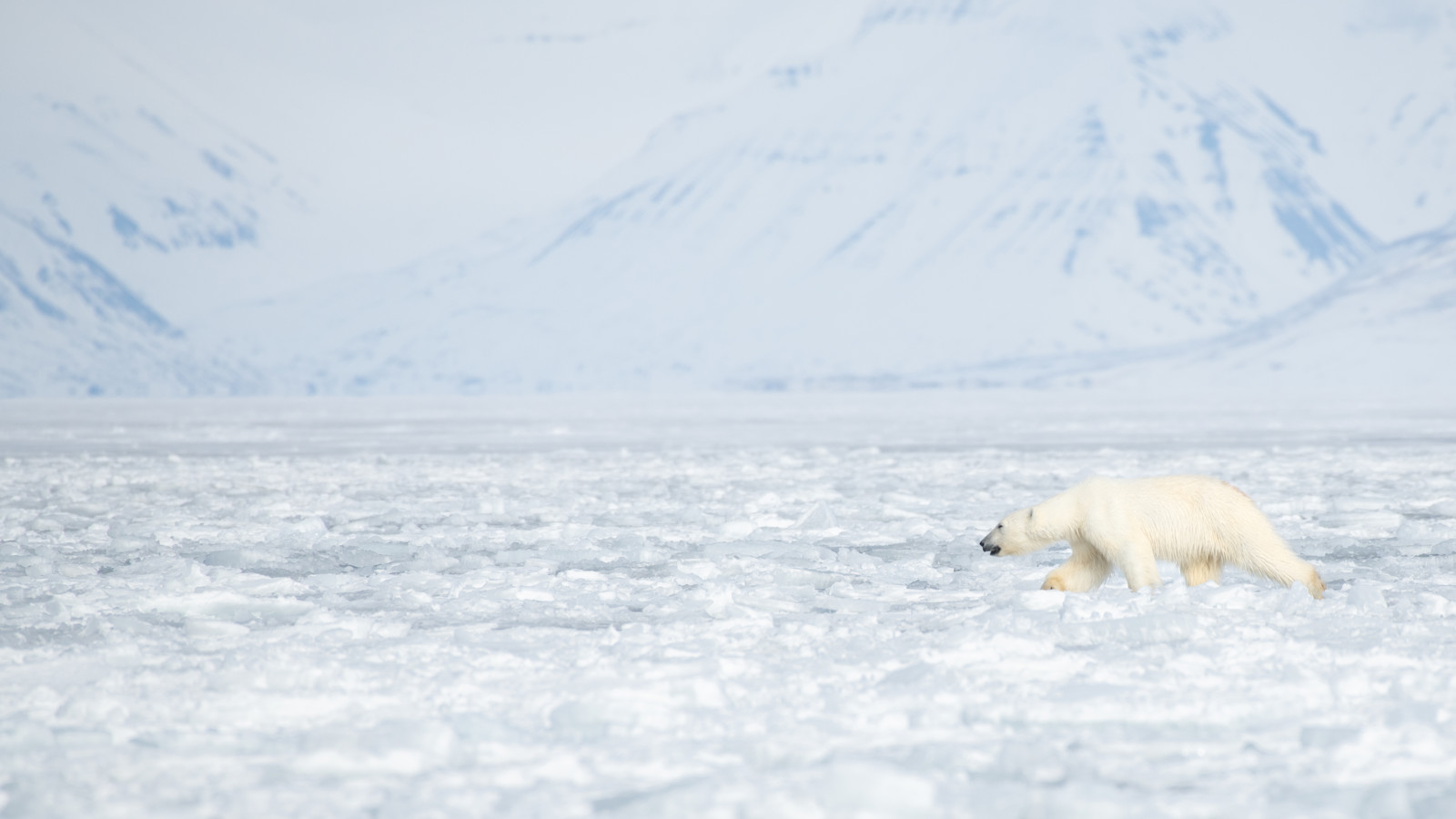The King of the Arctic, the polar bear, is the only bear species in the world classified as a marine mammal. With its impressive physique and white fur that gives it a teddy bear-like appearance, it captivates many. Though it may look clumsy and lethargic, the polar bear is surprisingly agile and fast, both in water and on land. Here are twelve facts you might not have known about the polar bear.
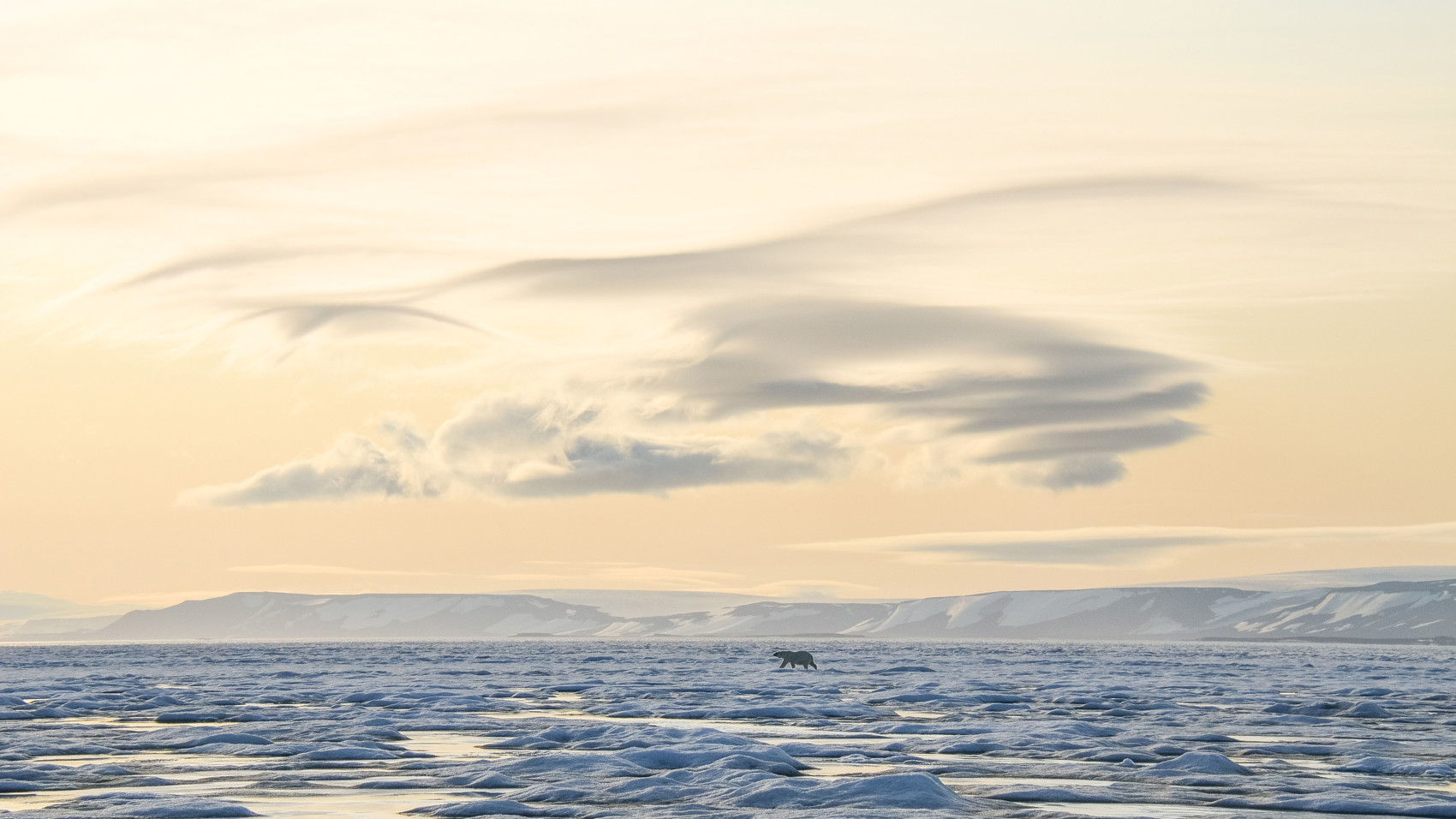

1) The polar bear is a very good swimmer. Its huge frames act as paddles in the water and allow it to swim up to 500 kilometers in the icy water.
2) The polar bear is fast. Just as the frames act as paddles in the water, they serve as snowshoes on land, allowing the polar bear to run at 40 kilometers per hour.
3) The white bear is actually black. Under its white fur, the polar bear's skin is completely black. This is to help it absorb the heat from the sun.
4) The polar bear has natural swimming goggles. It has a second transparent eyelid to protect its eyes when swimming.
5) The polar bear usually lives alone. This is except when there is no ice and it gets stuck on land and during the mating season. Females mate at the age of three and have 1-3 cubs. The cubs stay with their mother until they are two years old. During this time, they learn how to survive in the Arctic environment.
6) The polar bear is extremely strong. It can even pull a whale weighing over a ton onto the ice.
7) Polar bears must move slowly to avoid overheating. Its fur is very thick and warm and to cope with the cold winters and swimming, it also has a 10 cm thick layer of fat. In order not to get too hot, polar bears are often seen walking slowly on the ice.
8) Polar bears can go several months without food. They eat between April and July to make it through the ice-free period, which can last up to five months. They then live on their blubber.
9) Polar bears do not hibernate. Exceptions are new polar bear mothers who spend the winter in the den and give milk to their cubs. Males normally stay out all winter but may take shelter in a makeshift den in severe weather.
10) The polar bear is the only bear species that lives only on meat. It spends most of its time on the pack ice where it hunts for food.
11) A polar bear standing on its hind legs is bigger than a small elephant. It has a body length of 2–2.5 meters and can weigh up to 800 kilos. The lifespan of a polar bear is 20–25 years.
12) The polar bear is classified as a marine mammal. This is because it is dependent on water and sea ice.
Please note: Depending on the lens used for a photo or video shot an animal may appear to be closer than it is. We always follow strict wildlife guidelines to ensure that we do not cause any disturbance.

